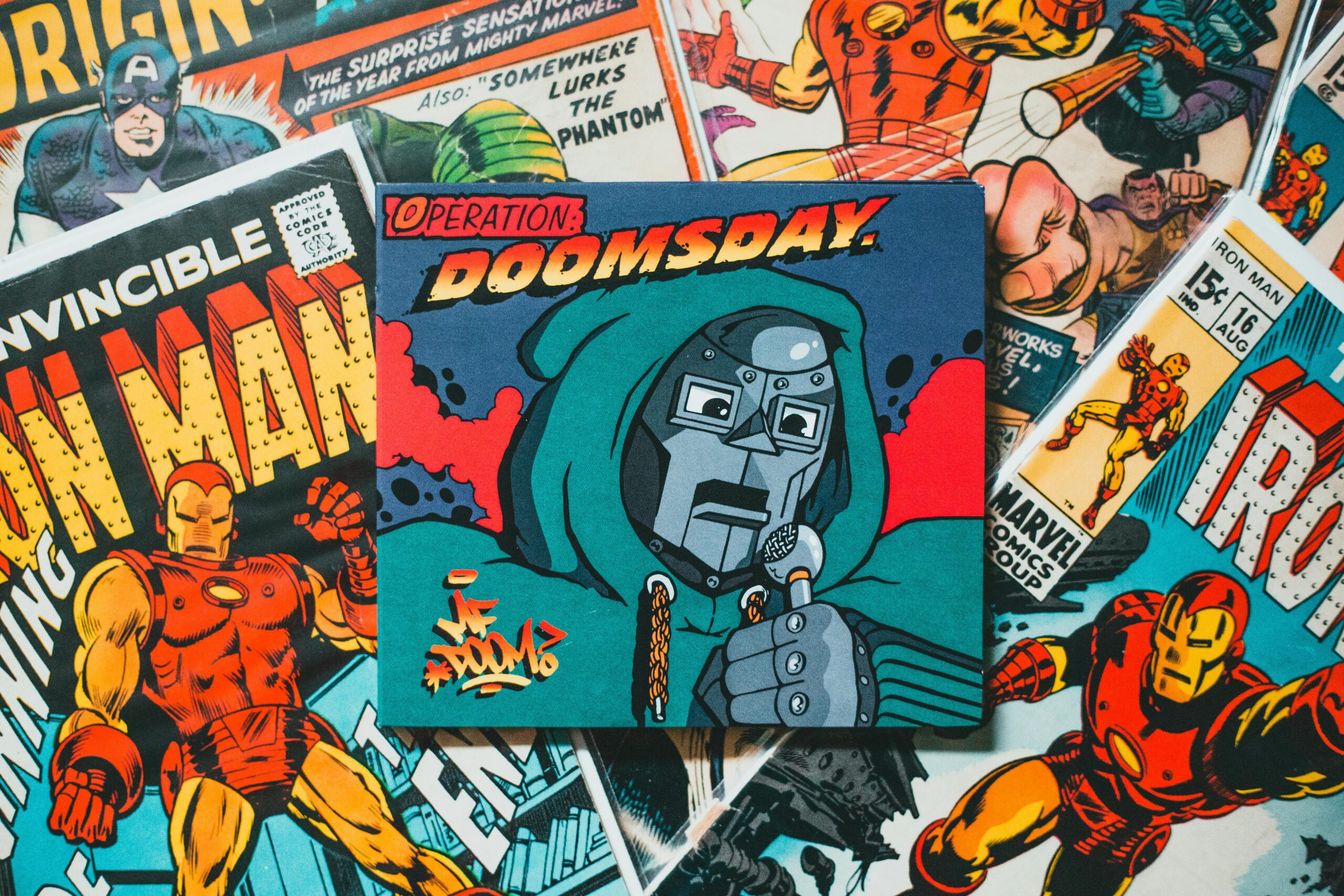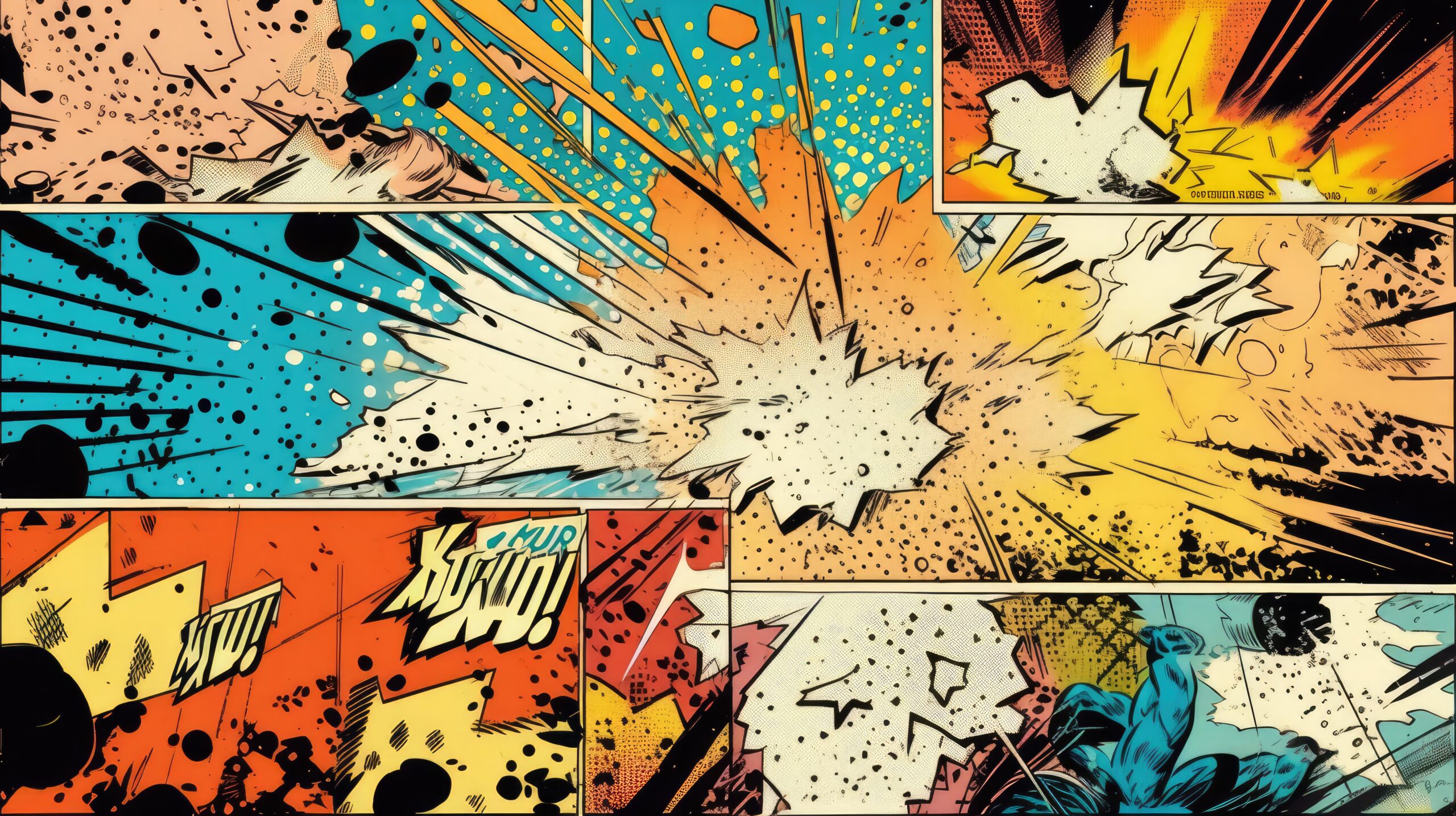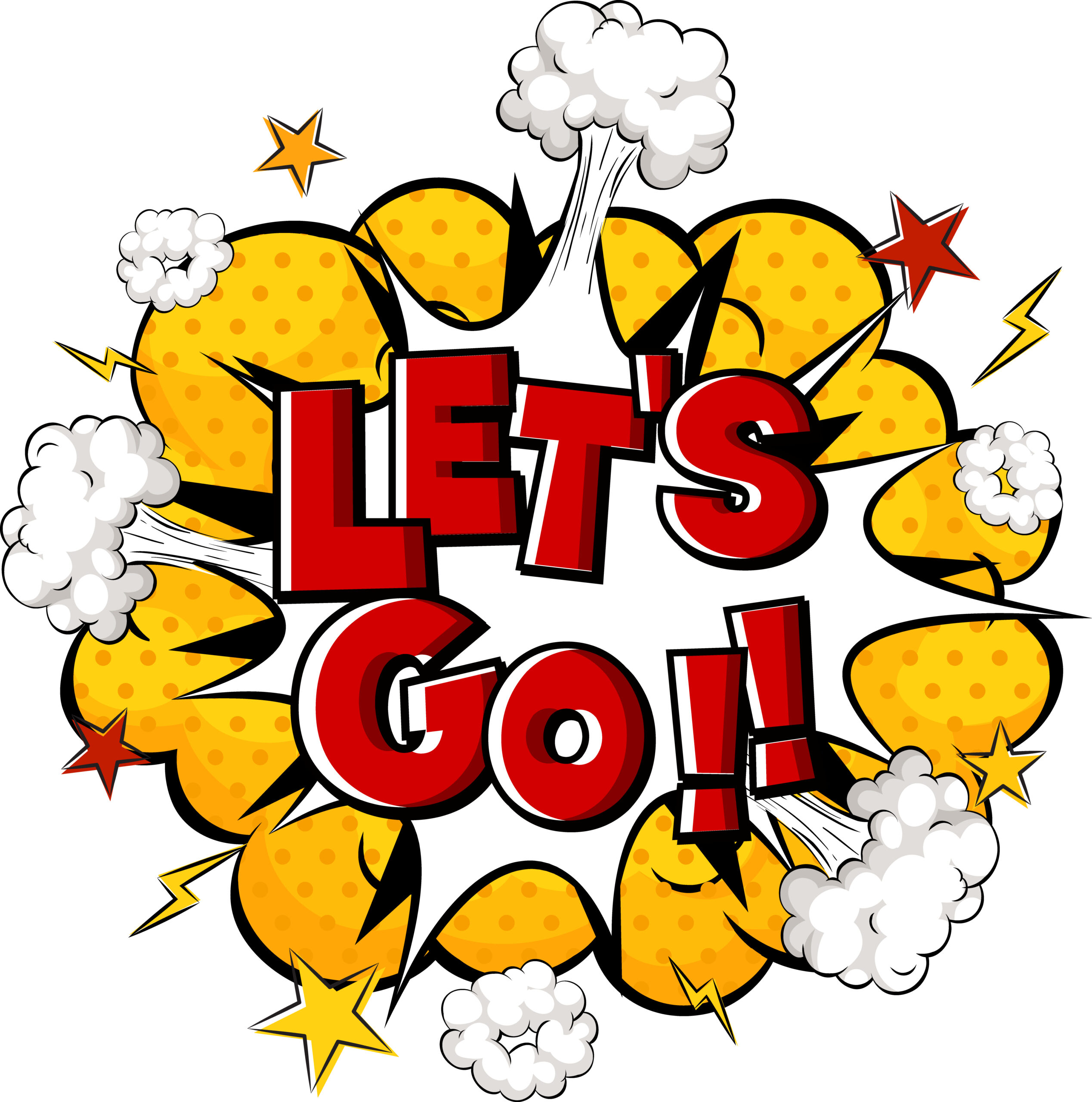


Artist vs. Writer: The Hilarious Struggles of Comic Collaboration (and How to Survive Them)
Have you ever picked up a comic book and chuckled at a caption that completely overshadowed the art, or found yourself bewildered by a scene that seemed to contradict the script? The world of comics thrives on a delicate dance between writer and artist, but this tango isn’t always graceful. While the finished product can be a visual and narrative masterpiece, the collaboration process itself can be a hilarious (and sometimes frustrating) battleground. This article delves into the struggles faced by writer and artist duos, highlighting the communication challenges and creative differences that make comic creation both maddening and ultimately rewarding.
For students struggling to translate literary analysis into a compelling essay, there are fantastic book review essay writing services available online. These services can help students develop a strong thesis statement, analyze literary devices, and craft a well-structured argument. However, creating a comic requires a different kind of collaboration, one that thrives on open communication and the ability to navigate creative discrepancies with a healthy dose of humor.
The Great Caption Catastrophe
Captions, those little speech bubbles that provide context and dialogue, can be a source of constant disagreement. Writers, often enamored with their meticulously crafted script, might cram an excessive amount of information into a single caption. This can leave artists feeling overwhelmed, forced to squeeze a novel’s worth of exposition into a cramped panel. Imagine a scene where a character walks down a bustling city street, past a neon-lit diner, a towering skyscraper, and a grumpy hot dog vendor. The writer, eager to establish the setting, might cram these details into one caption, leaving the artist with a visual migraine and barely enough space to draw the character, let alone the bustling metropolis.
Panel Panic: Misinterpreting the Script
Sometimes, the disconnect goes beyond captions. The artist’s interpretation of the script can veer wildly off course from the writer’s vision. Picture this: the writer describes a villain with a menacing, razor-sharp grin and piercing yellow eyes, ready to unleash world-ending destruction. The artist, however, might interpret “menacing” as a mischievous glint in the eye and a goofy grin – more like a mischievous prankster than a world-dominating threat. Similarly, a scene described as a bustling cityscape teeming with life could be interpreted as a peaceful countryside scene by an artist with a penchant for serene landscapes. These misinterpretations can be hilarious, but they highlight the importance of clear communication from the beginning. Mood boards, detailed character descriptions, and even role-playing key scenes can be invaluable tools to ensure everyone is on the same page.
Speech Bubble Smackdown: Dialogue Disagreements
The tone of the dialogue can also be a point of contention. Writers might favor witty banter and humorous exchanges, while artists might envision a more dramatic and serious narrative. Imagine a pivotal scene where the hero must make a life-or-death decision. The writer crafts a witty one-liner showcasing the hero’s quick wit, but the artist feels this undermines the gravity of the situation. A collaborative discussion about the overall tone of the comic and a willingness to compromise are key to finding the right balance between humor and seriousness in the dialogue.
Inker's Inferno: Coloring Clashes
Even the coloring process can become a battleground. Writers might have specific color palettes in mind, representing character personalities or emotional tones. The artist, however, might have their own artistic preferences or color theory interpretations. Picture a fiery redhead on the page – the writer envisions a vibrant crimson, symbolizing the character’s passionate nature, while the artist prefers a more subdued auburn to create a sense of mystery. Discussing color symbolism and mood is crucial, potentially using reference palettes to find a middle ground that satisfies both artistic vision and narrative intent.
The Reluctant Revision Tango
Navigating revisions can be another point of friction. Both writers and artists may be hesitant to accept changes, fearing a loss of creative control. The writer might feel their meticulously crafted script is being butchered, while the artist might feel their unique interpretation is being compromised. However, revisions are an essential part of the comic creation process. Open communication and a willingness to see the big picture can lead to a stronger final product. Perhaps the writer needs to rewrite a scene to allow for a visually stunning panel the artist envisioned, or vice versa.
From Frustration to Friendship: The Unexpected Benefits
Despite the challenges, comic collaboration offers some unexpected benefits. Bouncing ideas off each other can lead to even better results than what each person envisioned alone. The writer’s humorous rewrite might inspire the artist to create a panel dripping with visual irony. Overcoming challenges can also foster a strong partnership and mutual respect. A writer who initially disliked the artist’s interpretation of a scene might come to appreciate the artist’s unique perspective after a collaborative discussion.
Keeping the Laughter Alive: Tips for a Smooth Collaboration
So, how can aspiring comic creators navigate this hilarious battlefield and emerge with a masterpiece, not a meltdown? Here are some tips:
- Communication is Key: Talk early and often. Discuss expectations, artistic styles, and character interpretations before pencils hit the paper.
- Embrace the Brainstorm: Don’t be afraid to throw ideas back and forth. The best ideas often come from collaborative discussions.
- Mood Boards are Your Friend: Create visual references that showcase the desired atmosphere and character aesthetics.
- Laughter is the Best Medicine: Expect misinterpretations and miscommunications. Embrace the humor in the situation and use it to fuel your creativity.
- Respect the Process: Both writers and artists bring unique skills to the table. Respect each other’s vision and be open to compromise.
- Celebrate the Wins: Take time to appreciate each other’s work and celebrate milestones along the way.
Comic creation is a journey, not a destination. While the road may be paved with mismatched captions and rogue color palettes, embracing the challenges and fostering a healthy dose of humor can lead to a truly rewarding collaboration. So grab your pencils, fire up your drawing tablets, and get ready to laugh your way to comic book glory!